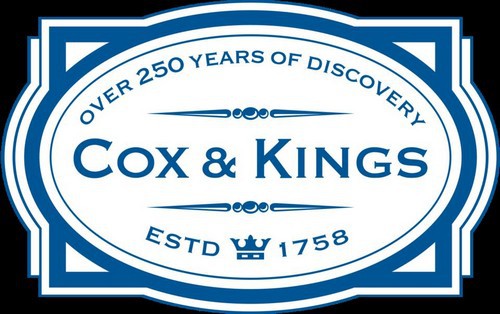The travel & tourism company Cox & Kings was founded in 1758 and since then it has emerged as a prominent player in the industry. It is operating in four business segments namely the Leisure – India, Leisure – International, Education and Meininger in more than 23 countries globally.
Although it is an Indian company listed on Indian bourses it has strong roots in the UK with more than half of its staff being based in UK which has helped the company in FY 2015-16 for journeying more than 5 lakhs children to the UK.
Table of Contents
Segmentation, targeting, positioning in the Marketing strategy of Cox & Kings –
Cox & King’s group has positioned itself based on geographic & demographic segmentation variables in order to understand the purpose of travel of the individual and offer its services accordingly.
Differentiated targeting strategy is used by Cox & Kings in order to serve the different needs of the different group of customers.
Cox & Kings have positioned itself based on a mix of product class & value based positioning strategies as when it comes to travel services customers look for value for money deals.
Marketing mix – Here is the Marketing mix of Cox and Kings.
Mission- “Passion for Excellence”
Vision- “Not Available”
Tagline-“Over 250 Years of Discovery”
Competitive advantage in the Marketing strategy of Cox & Kings –
Strong presence: The Company operates from India but more than half of their staffs are based in the UK and European markets enabling the company to help its customers abroad and streamline its operations through more tie-ups internationally.
A leader in Experimental/ outdoor learning: Since education is becoming an essential part of everyone’s life and Cox & Kings is exploiting this opportunity to operate in some of the developed nations globally. Like Cox & kings is the market leader in the UK catering Primary school as well as Secondary school segment.
Strategic consolidation: In year 206 Cox & Kings Ltd sold LateRooms Group UK Ltd. to Malvern Enterprises UK Ltd., Holidaybreak Ltd. and later on bought 49% stake in Malvern Enterprises UK Ltd. so as to consolidate its global operations and be focussed on its business.
BCG Matrix in the Marketing strategy of Cox & Kings –
BCG matrix helps in understanding the competitive position of the company in the market/ industry it is operating into.
Cox & Kings operate in four businesses Leisure – India, Leisure – International, Education and Meininger.
Each of these businesses is Stars in the BCG matrix.
Distribution strategy in the Marketing strategy of Cox & Kings –
Cox & Kings operates in more than 23 countries, in India it is present in 150+ cities distributing its product & services through 240+ POP (point of presence), 13 stores, 140+ franchisees and 100+ sales agent offering best deals on hotels, airlines and others thereby making the offering as value proposition to the customers.
Since tier II and III cities are the emerging markets, therefore, franchise model is proving as the ideal method of expansion.
Brand equity in the Marketing strategy of Cox & Kings –
The brand has been awarded various awards and accolades over the year such as Best Luxury Holiday & Tour Operator 2016, Luxury Tour Operator sector – SIGNUM VIRTUTIS, the Seal of Excellence 2015, etc.
The brand has been successful in creating high brand recall and extensive domain expertise through its offering which includes packaged luxurious vacations, tours & travel, destination functions, and experiential learning.
Competitive analysis in the Marketing strategy of Cox & Kings –
The industry in which Cox and Kings operate is overcrowded with local, national and international players. Limited entry and exit barriers are the vulnerable factors affecting the industry as a whole. Cox & kings compete with companies like Make my trip, Thomas cook, Yatra, GoIbibo and many others.
Cox and Kings having experience of more than 250 years and global reach is what helping the brand to be ahead of its competitors.
Market analysis in the Marketing strategy of Cox & Kings –
The industry in which Cox & Kings operates faces several challenges such as rising inflation, improving lifestyle, government regulations, political stability labour cost, competition between the rival companies, etc.
Developed nations, tourist locations are the potential markets for the companies operating in the industry. Tourist locations and developed economies are the major contributors of revenues to the industry.
Customer analysis in the Marketing strategy of Cox & Kings –
Customers of Cox & Kings are the people of upper middle & upper-income social groups who love to travel to national/international locations to spend some leisure time and travel to distant locations to explore the places. Customers are majorly in the age group of 25-40 years.
Liked this post? Check out the complete series on Strategies
